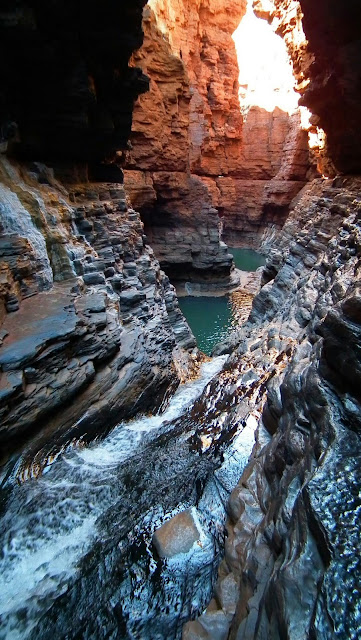FACTS & FIGURES
Whale sharks normally range from 5-10 metres but have been reported to reach the length of 20 metres. They can swim up to 13,000 km across the ocean. In its lifetime the whaleshark can give birth to approximately 300 pups. Whalesharks have the thickest skin of all animals.
SAVING THESE GENTLE GIANTS
10 % of the countries the whaleshark is known to visit have laws for protecting the whaleshark. This means that in many countries it is still legal to kill these harmless animals. In asia you will find that whaleshark fins are sold at high prices to be on display at things like restaurants and weddings.
Despite some protection, whalesharks are still threatened in many parts of the world. To ensure the whalesharks future is safe, governments need to facilitate and encourage:
- research programs to establish better understanding of movements and habits of these animals
- an international program to identify the survival of the species eg breeding habits
- a formal international agreement to protect whalesharks from fishing and other threats.
Australia is researching to find out why whale sharks come together each year in certain places for example Ningaloo. Reseach programs are also finding out general information e.g how deep whalesharks dive, with satellite tags.







































